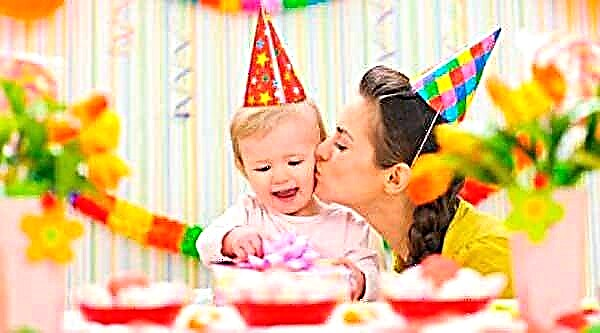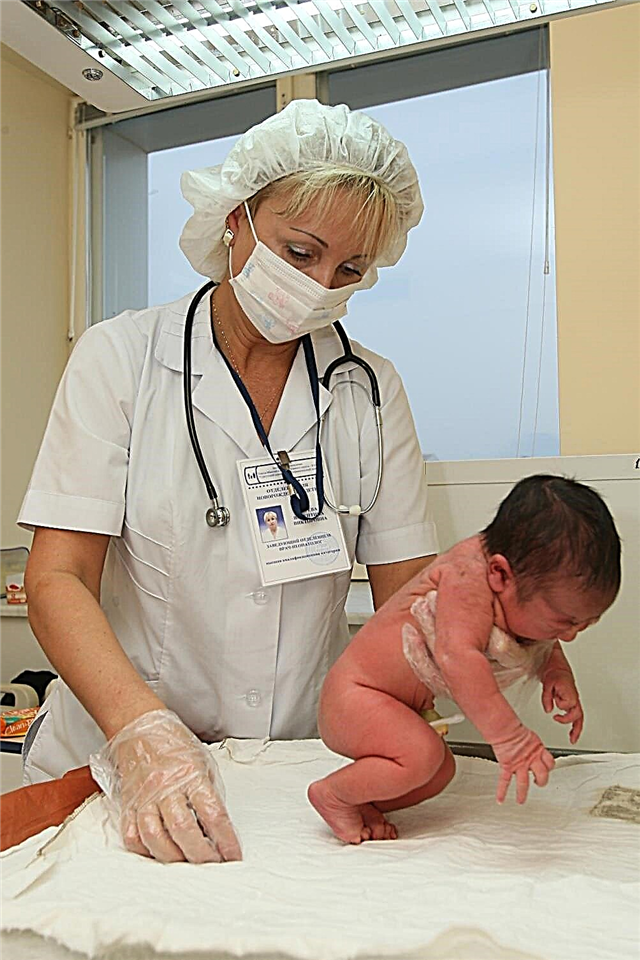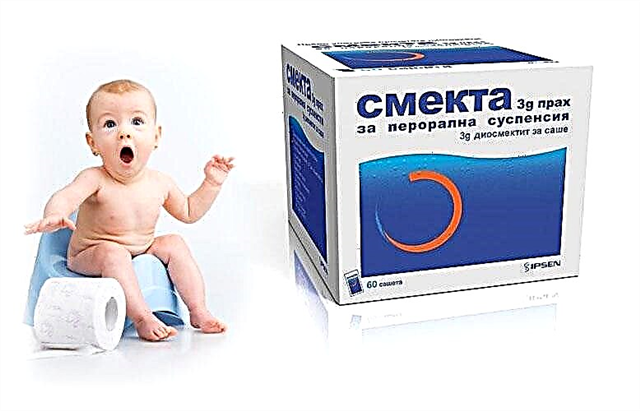
Inflammation of the nasopharynx and paranasal sinuses is a common problem in childhood, because babies are less resistant to attacks of pathogenic bacteria and viruses. In the treatment of such inflammatory processes, along with traditional medicines, homeopathy is often used.
One of the remedies that is considered effective for sinusitis is Cinnabsin.

Features:
The drug is manufactured in Germany in only one form - in the form of tablets, which must be absorbed in the mouth. They are grayish or white in color (yellow or orange is also normal), round, and sweet taste. These tablets are distributed in blisters of 20 pieces, and one package of "Cinnabsin" contains 100 tablets.

Composition
The effect of the agent on the ENT organs is due to a combination of four components, which include:
- substances derived from echinacea;
- a sulfur-mercury compound called cinnabaris;
- substances from yellow root, which is also called hydrastis;
- a compound of potassium and chromium, which is called potassium dichromate.
A homeopathic dilution of the Echinacea-derived component - D1, other components of the tablets - D3. The dosage of each of the ingredients in one tablet is 25 mg. Auxiliary compounds in "Cinnabsin" are milk sugar and wheat starch, as well as magnesium stearate.

Operating principle
According to information from the manufacturer, the substances present in the composition of "Cinnabsin" have the following properties:
- reduce swelling of the mucous membrane;
- have anti-inflammatory effects;
- prevent excessive secretion of secretions in the paranasal sinuses;
- facilitate breathing through the nasal passages;
- strengthen local immunity in the nasopharynx.

Indications
The most common reason for using Cinnabsin is sinusitis. The remedy is in demand for sinusitis, frontal sinusitis and inflammation in other sinuses. It can be used both in the midst of an acute illness, and with an exacerbation of a chronic inflammatory process.
It is also prescribed for patients with adenoids and prolonged runny nose.

Contraindications
"Cinnabsin" is not used in children with hypersensitivity to the components of such a drug. Due to the presence of wheat starch in tablets, they should not be given for celiac disease, and the presence of lactose in the composition adds milk sugar intolerance and lactase deficiency to the list of contraindications.
In the annotation to "Cinnabsin" it is indicated that pills should not be taken by babies under 3 years old, since their effect on such small patients has not been studied.
Side effects
During the use of "Cinnabsin", an allergic reaction to the tablets is not excluded, which may manifest itself as pathological changes in the skin (itching, rash, redness). In this situation, the drug should be stopped immediately.
Also, in some patients, when the tablet is resorbed, a lot of saliva may be released. To eliminate such a side effect, the dosage is reduced or the treatment with Cinnabsin is abandoned, choosing instead an analogue to which there is no negative reaction.
In addition, as with other homeopathy, at the beginning of taking "Cinnabsin" may worsen. It also requires the abolition of pills and a visit to the doctor.

Instructions for use
The drug should be given to children half an hour before meals, and if the patient has just eaten, then wait 30 minutes before taking the pill. "Cinnabsin" should slowly dissolve in the oral cavity, and if it is difficult for a child to do this or the parents cannot control whether the baby has swallowed a pill (usually such difficulties occur in patients 3-5 years old), it is allowed to grind the agent into powder, and then pour it child under the tongue. You can also dissolve the crushed tablet in a small volume of water and give the prepared solution to a small patient to drink.
The scheme of using "Cinnabsin" depends on the course of the disease in which the drug is prescribed. If the disease is acute, then the remedy is given to the child, one tablet at intervals of 2 hours. The maximum number of tablets per day depends on age - children 3-6 years old are allowed to take 6 Cinnabsin tablets during the day, patients 6-12 years old are given up to 8 tablets, and adolescents over 12 years old are allowed to dissolve up to 12 tablets.


As soon as the patient's condition begins to improve, the "Cinnabsin" regimen is changed:
- a child 3-6 years old is given the drug three times a day, 1/2 tablet;
- a patient 6-12 years old - twice a day for a whole tablet;
- a child over 12 years old - three times a day, 1-2 tablets.
In the indicated dosages, the agent is continued to be used until complete recovery occurs. If no improvement is seen on the 2-3 day of using the pills, a second consultation with a doctor is needed so that he prescribes another treatment.

If "Cinnabsin" is discharged for chronic pathology, then it is used as follows:
- 1/2 tablet three times a day, if the child is from three to six years old;
- a whole tablet twice, if the patient's age is 6-12 years;
- a whole tablet three times (sometimes the dosage is increased to 2 tablets per dose), if the drug is given to a patient over 12 years old.
The duration of the use of "Cinnabsin" in chronic disease should be checked with a doctor. Reception is discontinued as soon as the patient's condition improves. Sometimes the remedy is prescribed for a long course of up to 2 months.

Terms of sale and storage
Since "Cinnabsin" belongs to non-prescription drugs, there are no difficulties with purchasing it in a pharmacy. The average price of 100 tablets is 600 rubles.
At home, they should be stored at a temperature of + 10 + 25 degrees in a dry place. The shelf life of the drug is 4 years.

Reviews
There are many positive reviews about the use of "Cinnabsin" for different forms of sinusitis in children. In them, the tool is called effective and harmless, as well as convenient to use. Its main disadvantage is considered high cost, and in negative reviews they complain about the lack of a therapeutic effect.
Analogs
If you need to replace Cinnabsin with a similar drug, your doctor will recommend one of the following drugs.
- Sinupret. Such a remedy based on several plant extracts (from gentian, verbena, elderberry and other plants) is often used to treat sinusitis, adenoiditis, pharyngitis or rhinitis. In drops, it is prescribed for children over 2 years old, and in pills - for six-year-old patients and older.
- Tonsilgon N. This medicine in drops containing extracts of horsetail, dandelion, marshmallow and other medicinal plants is used for adenoiditis, acute respiratory viral infections, laryngitis and other diseases in children over a year old. In the form of pills, it can be given from the age of 6.
- "GeloMirtol". Such capsules are prescribed for adenoids, bronchitis, sinusitis and laryngitis. They act on the upper respiratory tract thanks to herbal ingredients called limonene, cineole, and alpha pinene. The drug can be used from 6 years of age.
- "Umkalor". Thanks to the Pelargonium extract, such a solution is effective for various respiratory diseases. It is given to drink to children from 1 year old.
You will learn the opinion of Dr. Komarovsky about homeopathic preparations from the following video.



